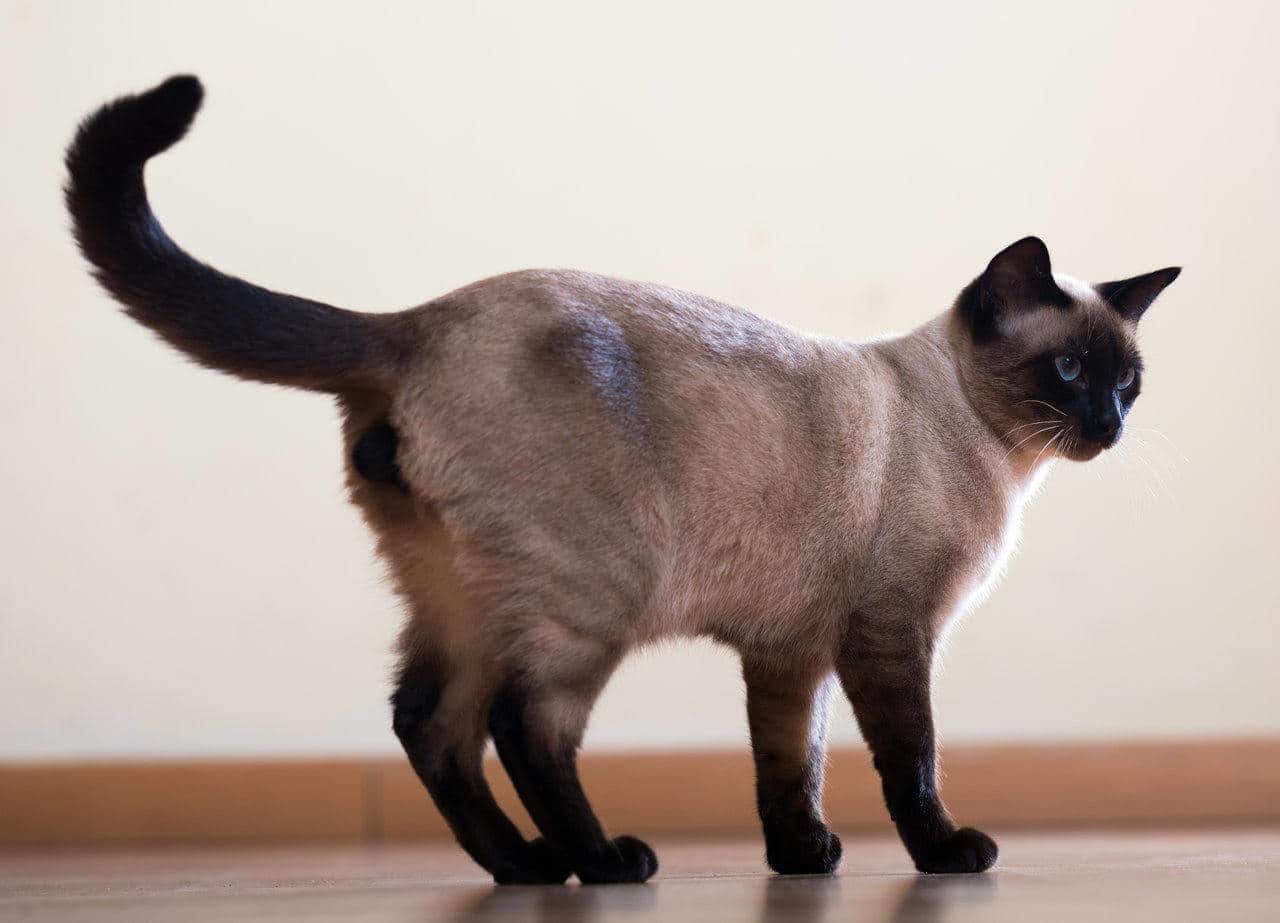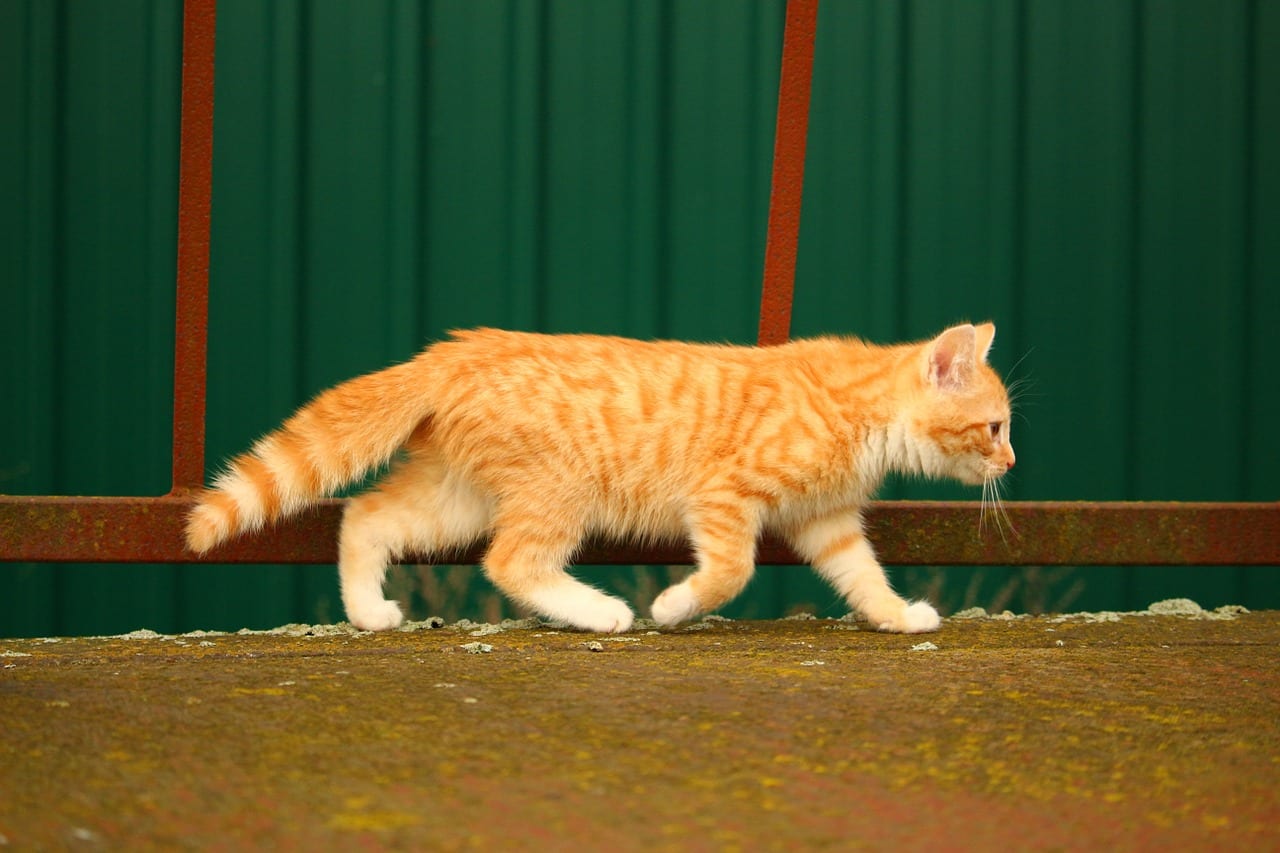
The cat is an animal that has a very peculiar way of walking. By placing their legs on the ground, the pads mitigate the noise they could make, so that most of the time we will only know that we have it close when we really have it next to us. But, Why does the cat walk sideways?
What's the use of going unnoticed? Much, as I am going to tell you below.
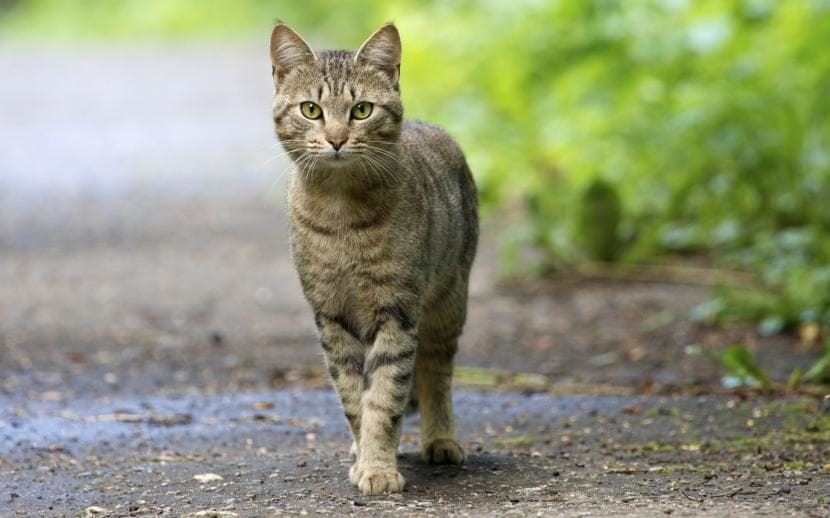
When a cat walks, what it does is support the weight of the body on the toes, and not in the hand itself. Thus, and since its claws are retractable, which means that it only takes them out when it considers it necessary, it can walk without making any noise. We will only hear it if it runs fast, because then it could support the part where the pad is at some point.
But there is still more. When starting to walk, the sequence of the movement of its legs is as follows: rear left leg, front left leg, rear right leg. This means that, for a few seconds, the legs on the same side are suspended in the air, which is why the cat is said to walk sideways. With this, can go unnoticed and get as close as possible to its prey; at the same time, it can remain hidden from potential predators.
Now, if our friend is not well, if he staggers, has difficulty supporting a leg, or if he feels disoriented, we must urgently take him to the vet. Unfortunately, these animals are not made of iron: they can fall ill and have accidents, just like us.
As your caregiver, it is our responsibility to help you get back to your normal life. If we don't, we could lose it forever. For this reason, before even thinking about adopting a cat, we have to be aware that taking care of it will involve spending money. Only if we can afford it, can we adopt it.
Ataxia, vestibular disease in cats
There are three clinical types of ataxia: sensory (proprioceptive), vestibular, and cerebellar.. All three types produce changes in limb coordination, but vestibular and cerebellar ataxia also produce changes in head and neck movement. Ataxia, in general, is a condition related to sensory dysfunction that causes loss of coordination of the limbs, head and / or trunk. If a cat suffers from ataxia, it is possible that it walks sideways and also shows other types of characteristics.
Sensory (proprioceptive) ataxia occurs when the spinal cord is slowly compressed. A typical external symptom of sensory ataxia is improper foot placement, accompanied by progressive weakness as the disease progresses. Sensory ataxia can occur with the spinal cord, brainstem (the lower part of the brain near the neck), and the brain locations of the lesions.
The vestibulocochlear nerve carries information about balance from the inner ear to the brain. Damage to the vestibulocochlear nerve can cause changes in the position of the head and neck, as the affected cat may feel a false sense of movement or may have hearing problems. External symptoms include bending over, side-walking, falling, or even rolling over. Central vestibular signs often present changes in eye movements, sensory deficits, leg weakness, multiple cranial nerve signs, and drowsiness, stupor, or coma. Peripheral vestibular signs do not include changes in mental status, vertical eye movements, sensory deficits, or leg weakness.
Cerebellar ataxia is reflected in uncoordinated motor activity of the extremities, head and neck, taking big strides, taking strange steps, tremors in the head, body tremors and swaying of the torso. There is an insufficiency in the performance of motor activity and in the preservation of strength.
Symptom
The most common symptoms are:
- Limb weakness.
- Tilt your head to the side
- Hearing problems: does not answer the call in a normal tone of voice
- Stumbling, swinging ...
- Changes in behavior
- Abnormal eye movements
- Lack of appetite and nausea
Causes
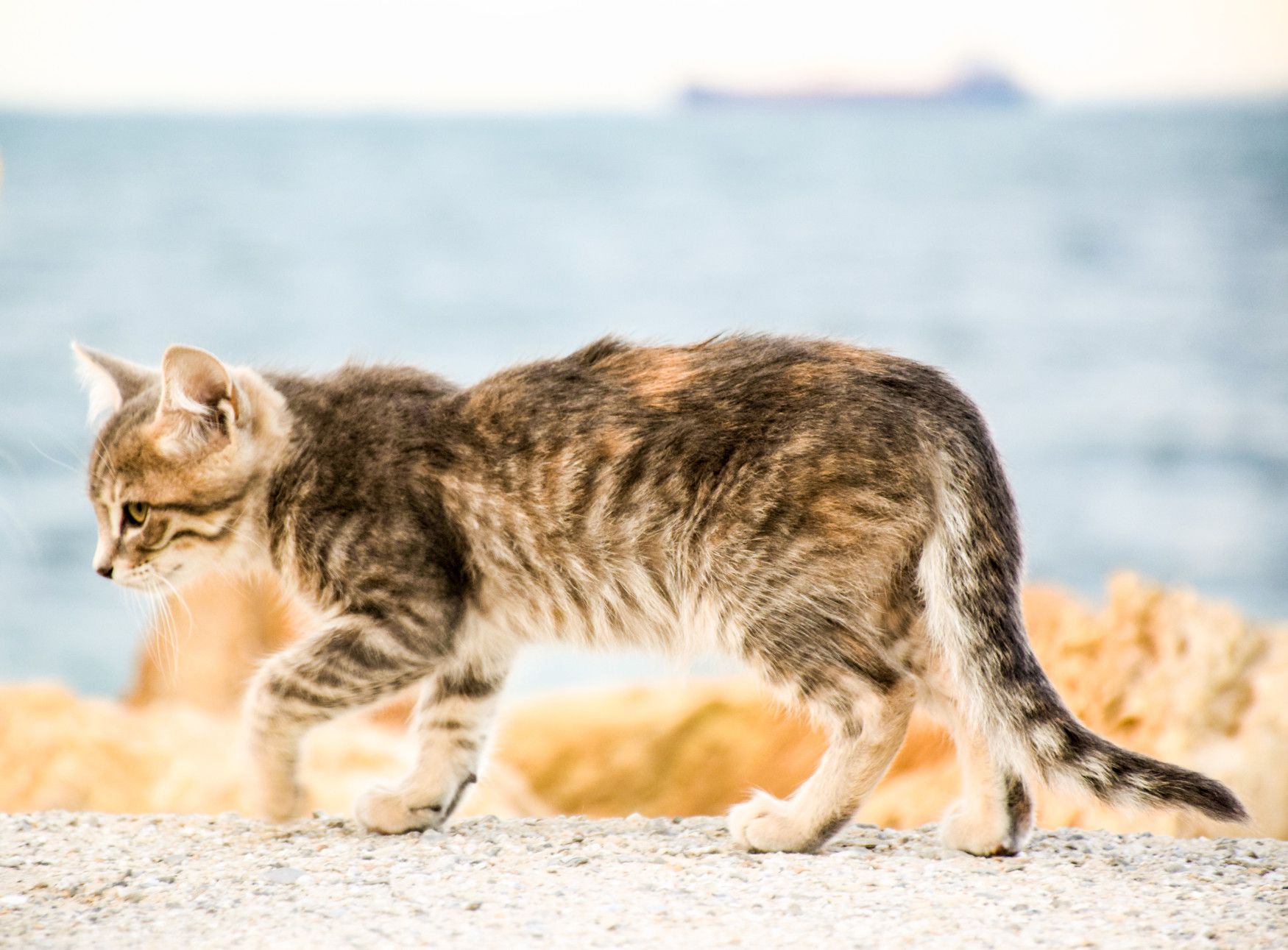
The most common causes are at the level:
- Neurological
- Vestibular - central nervous system (CNS)
- Vestibular: peripheral nervous system
- Spinal cord
- Metabolic
Diagnosis
If you think that your cat walks sideways because he is suffering from some of these ailments mentioned above, then it is necessary that you take him to the vet as soon as possible so that he can evaluate his health. You will need to provide the vet with the complete history of the cat, the appearance of symptoms and the possible incidents that could have preceded this condition. Your vet will order standard tests, including a chemical blood profile, a complete blood count, a urinalysis, and an electrolyte panel.
The images are crucial in determining whether the disease is localized to the peripheral vestibular system, the spinal cord, or the cerebellum. Computed tomography (CT), magnetic resonance imaging (MRI), myelography, and x-rays of the spine can be useful diagnostic tools for non-invasive internal examinations.
Chest and abdominal X-rays are also important in determining whether there is cancer or systemic fungal infection. An abdominal ultrasound should be performed to check liver, kidney, adrenal, or pancreatic functions.. If the source of the disease is suspected to be in the nervous system, a sample of cerebrospinal fluid will be taken for laboratory analysis.
Transmission
The treatment of the cat affected by any of the conditions described above, will be treated by stopping the underlying condition that it suffers. In this case, the veterinarian will be in charge of choosing the most appropriate treatment..
If the ataxia is not severe, it can be treated on an outpatient basis, but if it is severe, it may require immediate intervention, especially when it can be fatal. Don't give your cat medication without checking with your vet first.
They also arch their back
Cats, in addition to walking sideways for play or because they have health difficulties of some kind, can also arch their backs. The cat's back is very flexible, so it is capable of curving into a fairly tight arc, especially compared to dogs. There are a number of reasons cats arch their backs, but these are the top three.
Is going to defend
First, and this is widely seen in many popular images in the fall, it is that of the fear aggressor.. In this classic Halloween pose, a cat arches its back and displays a piloerection (meaning its hair stands on end) as a way to look bigger when faced with danger. When a cat shows up like this, it is basically saying, "I'm scared of you, but I'm ready to defend myself if you come near." The cat can also make it clear that it is ready to defend itself by doing things like growling, hissing, spitting, and showing its teeth. If you come across a cat displaying this physical state, the best response is to back off slowly and give the cat his space.
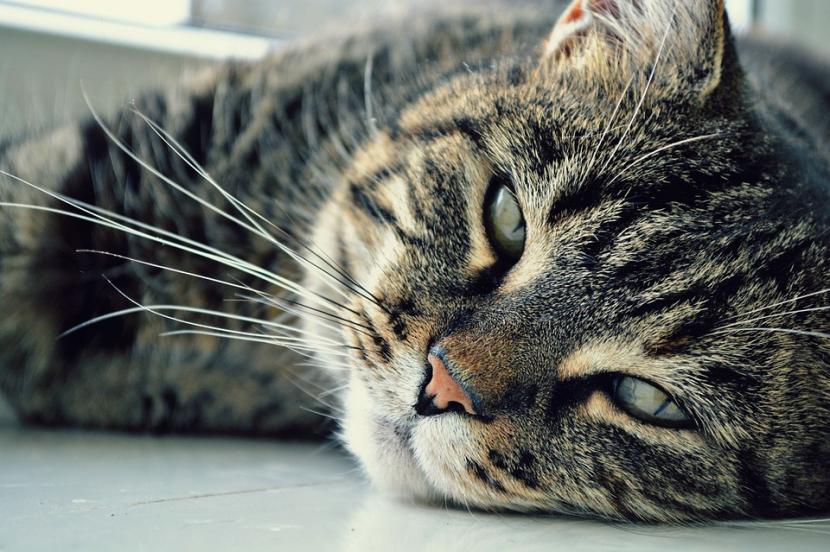
Is playing
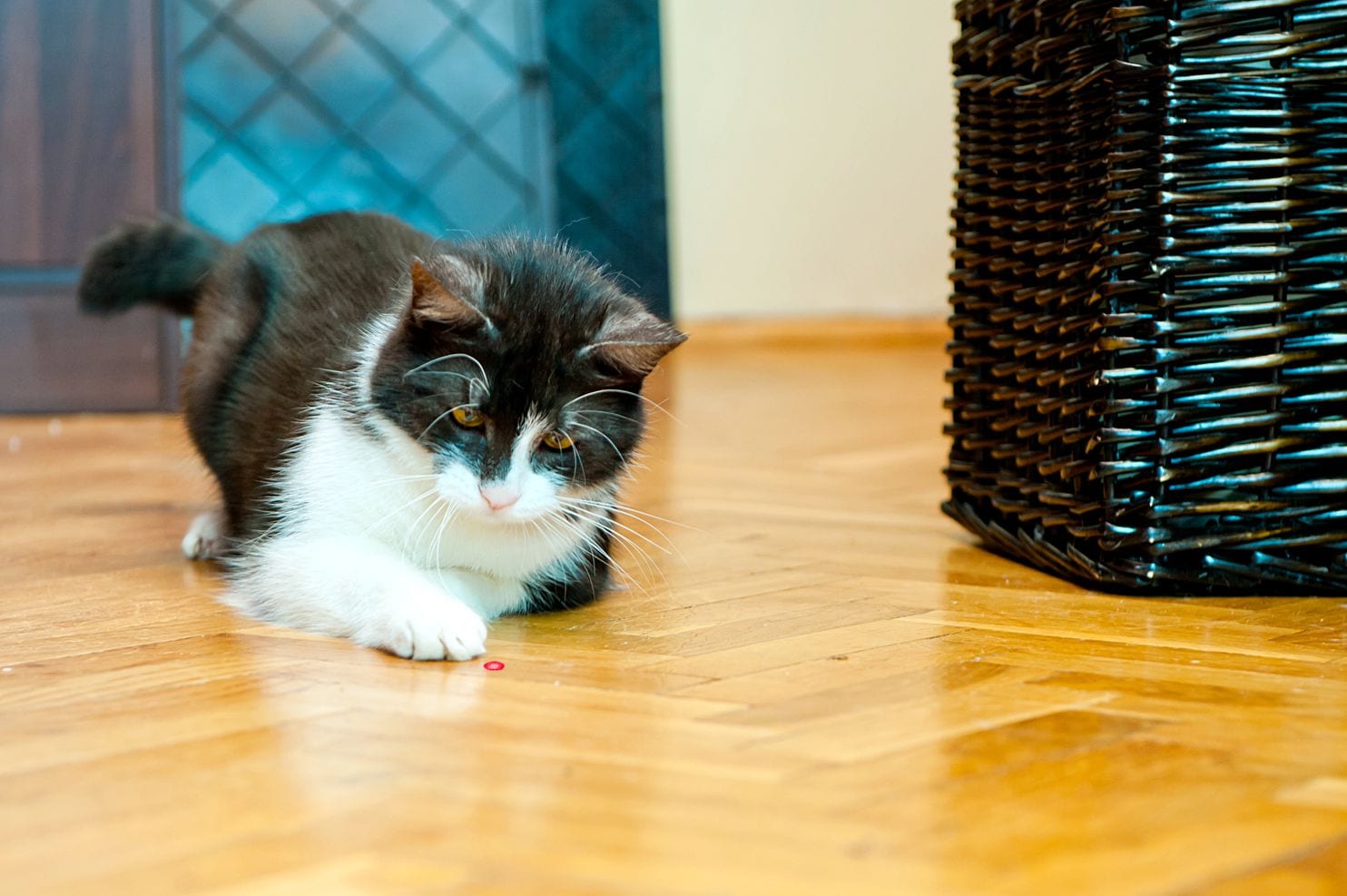
Cats can also arch their back when playing. You can tell this more playful cat from the aggressor by the fact that it won't growl, hiss, spit, or show its teeth. Instead, he is likely to engage in a variety of jumping and running behaviors, which may be directed toward another cat, a toy, or a person with whom the cat is friendly and comfortable.
Is stretching or stretching
Finally, cats sometimes arch their back as part of the stretching process, just like humans do, except they are much more flexible than us. Very common feline positions include stretching of the head and chest down and the tail up in the air, the hind legs stretched backwards while the weight is mainly supported by the stretch of the front legs and the stretch of the back. arched.
So your cat's arched back could mean "Stay back!" "Come to play with me?" or "Wow, how good I feel!"
Now you know why your cat may be walking sideways ... It may be nothing or reason to go to your vet as soon as possible.
